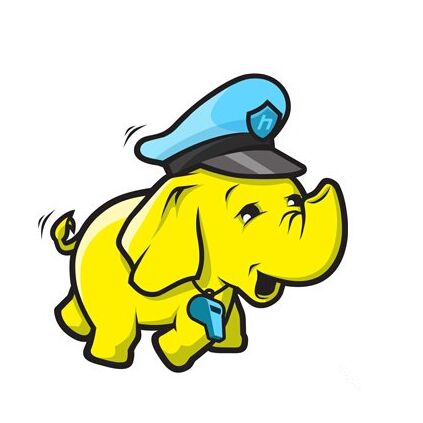python基础---变量
子曰:学而时习之,不亦说乎
1.何为变量
变量好比一个"容器",可以存储与之相关联的东西。
SRE实战 互联网时代守护先锋,助力企业售后服务体系运筹帷幄!一键直达领取阿里云限量特价优惠。message = "Hello Python world!"
print(message)上述代码中message就是一个“容器”,而"Hello Python world!"就是需要存储的数据,通过print()方法可以把容器里的东西展示打印出来。
2.变量的命名
- 变量名只能包含字母、数字、下划线,可以以字母或下划线开头,不能以数字开头。
- 变量名不能包含空格,但是可以用下划线来分隔其中的单词。
- 不要将Python关键字和函数名用作变量(见下方附录)。
- 变量名应即简短又具有描述性(中文名称转换变量名称)。
- 慎用小写字母‘l’和大写字母‘O’,它们可能被人错看成数字1和0.
python关键字
| - | ||||
|---|---|---|---|---|
| False | class | finally | is | return |
| None | comtinue | for | lambda | try |
| True | def | from | nonlocal | white |
| and | del | global | not | with |
| as | elif | if | or | yield |
| assert | else | import | pass | |
| break | except | in | raise |
python内置函数
| - | ||||
|---|---|---|---|---|
| abs() | divmod() | input() | open() | staticmethod() |
| all() | enumerate() | int() | ord() | str() |
| any() | eval() | isinstance() | pow() | sum() |
| basestring() | execfile() | issubclass() | print() | super() |
| bin() | file() | iter() | property() | tuple() |
| bool() | filter() | len() | range() | type() |
| bytearray | float() | list() | raw_input() | unichr() |
| callable | format() | locals() | reduce() | unicode()python2.7的函数 |
| chr() | frozenset() | long() | reload() | vars() |
| classmethod | getattr | map() | repr() | xrange() |
| cmp() | globals() | max() | reversed() | zip() |
| compile() | hasattr() | memoryview() | round() | import() |
| complex() | hash() | min() | set() | apply() |
| delattr() | help() | next() | setattr() | buffer() |
| dict() | hex() | object() | slice() | coerce() |
| dir() | id() | oct() | sorted() | intern() |

更多精彩








